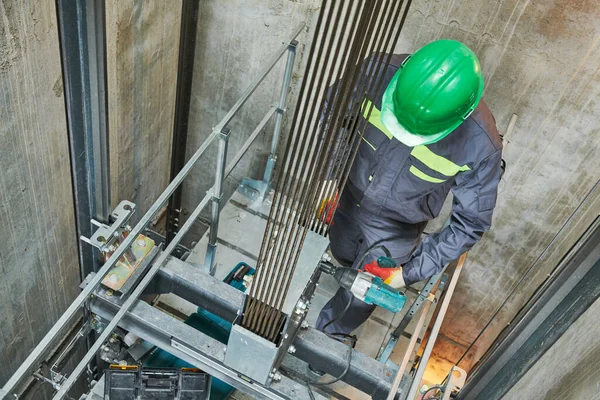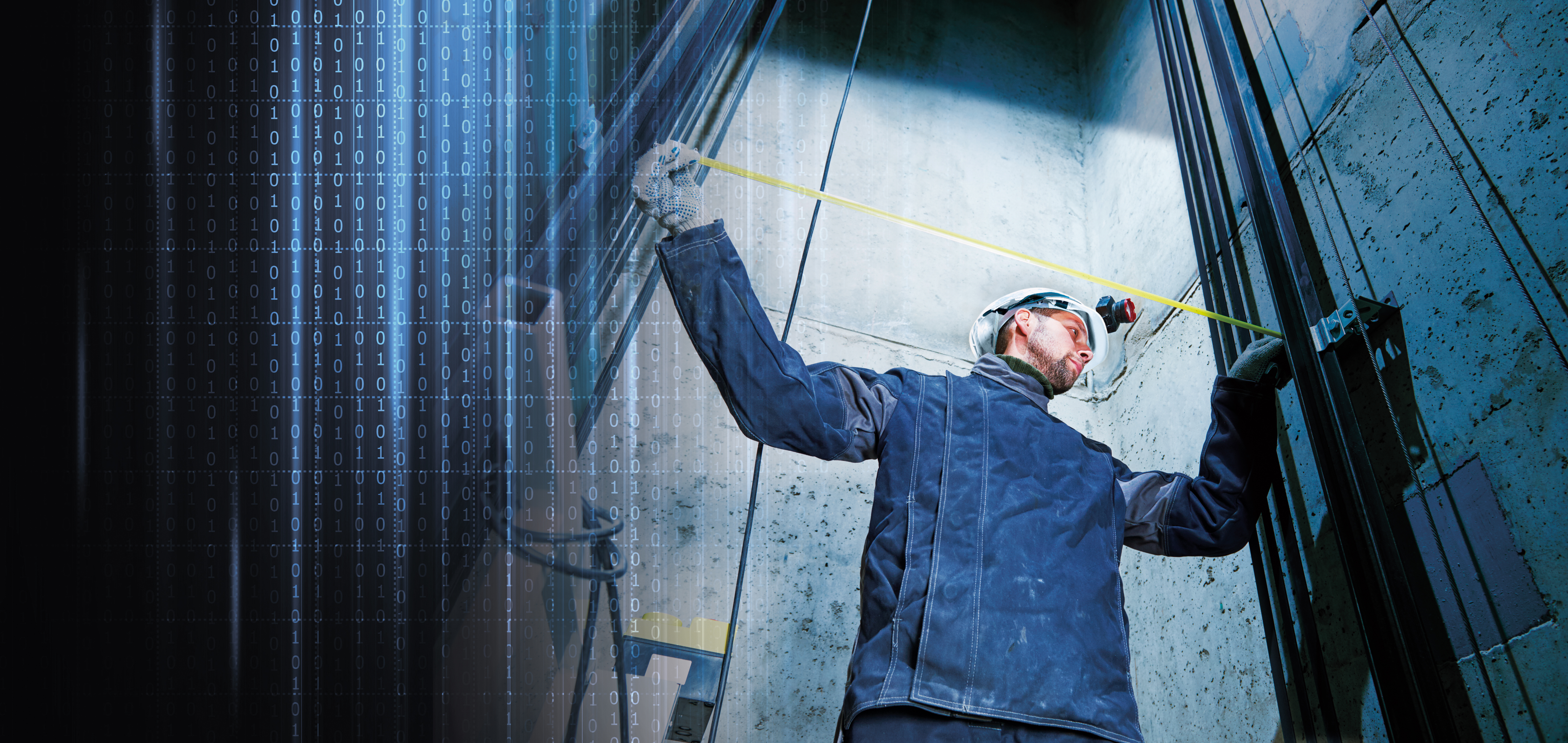Exploring the Comprehensive Measures Needed for Lift Maintenance
In the world of structure maintenance, making sure the proper functioning and safety and security of lifts is paramount. By attending to vital aspects such as positive upkeep schedules, security checks, and emergency situation readiness, a comprehensive understanding of the ins and outs entailed in lift maintenance can lead to enhanced effectiveness and security.
Normal Inspections
When it concerns making sure the long life and safety of your lift system, routine assessments are extremely important. These routine checks play an important function in determining any kind of possible concerns prior to they escalate right into significant problems, ensuring the safe and smooth operation of the lift. By conducting regular evaluations, maintenance teams can proactively deal with wear and tear, defective components, or any other issues that might endanger the lift's efficiency or safety and security.
During these examinations, educated professionals extensively analyze numerous aspects of the lift system, including mechanical parts, electrical systems, security features, and total structural integrity. By discovering and dealing with issues early on, these evaluations aid avoid costly fixings, downtime, or security threats, eventually expanding the lifespan of the lift system and making sure the health of its users.
Positive Upkeep Schedules
Executing positive upkeep schedules is vital for optimizing the performance and longevity of lift systems. By adhering to a positive upkeep approach, lift owners can deal with prospective concerns prior to they escalate into major issues, eventually lowering downtime and costly repairs. Positive maintenance includes routine assessments, lubrication of relocating components, testing security functions, and changing used elements. These arranged upkeep jobs not just assist in stopping failures yet additionally add to keeping the lift's efficiency at optimum degrees.
A well-structured aggressive maintenance schedule should lay out certain tasks, frequencies, and liable employees. When creating these timetables to make sure the lift operates securely and effectively, it is essential to adhere to maker suggestions and sector requirements. Additionally, recording maintenance tasks and keeping thorough records can offer valuable understandings into the lift's efficiency over time, helping in making and identifying patterns informed maintenance choices.

Safety Conformity Checks
Guaranteeing safety and security compliance via extensive checks is paramount in preserving lift systems' reliability and guarding user wellness. Safety conformity checks entail an extensive analysis of different parts, including electrical systems, mechanical components, emergency brakes, doors, and various other critical security attributes. These checks are vital to recognize any kind of potential dangers or breakdowns that can endanger the lift's operation and placed customers at threat.
Routine safety compliance checks must be conducted by certified service technicians in adherence to industry policies and requirements. These checks aid in identifying concerns beforehand, permitting for timely fixings and preventative maintenance steps to be applied. Furthermore, keeping comprehensive records of security conformity checks is critical for tracking the lift system's efficiency over time and demonstrating read this article compliance with safety regulations.
Equipment Upgrades and Innovation
Enhancing lift systems via devices upgrades and modernization is essential for boosting effectiveness and safety criteria in upright transportation. As technology advances, older lift systems might end up being outdated, bring about reduced reliability and possible security hazards. By purchasing equipment upgrades and innovation, building proprietors can guarantee that their lifts fulfill present industry requirements and regulations.

In enhancement to operational advantages, tools upgrades and modernization tasks can also improve the aesthetics of the lift, supplying a more appealing and contemporary experience for guests. Ultimately, purchasing lift upgrades and innovation is an aggressive method in the direction of making certain the longevity, security, and efficiency of vertical transportation systems.
Emergency Situation Readiness Preparation
An effective emergency preparedness strategy is critical for guaranteeing the security and speedy response in case of unforeseen occurrences entailing lift systems. Emergency situation readiness planning for lift systems involves a systematic method to minimize dangers, make sure guest safety and security, and minimize downtime during emergencies.
Key components of an emergency preparedness plan for lifts include clear communication protocols, regular training for lift operators on emergency situation treatments, and regular drills to examine the performance of the strategy. lift engineer. Additionally, the strategy needs to lay out details duties and duties for all stakeholders included, including building management, maintenance employees, and emergency situation -responders
In the event of a lift breakdown or entrapment, having a well-defined emergency situation plan can assist in coordinating a effective and prompt action to guarantee the safety and security and wellness of travelers. Timely communication, access to emergency equipment such as interaction gadgets and emergency situation illumination, and expertise of discharge treatments are necessary elements of a comprehensive emergency situation preparedness plan for lift systems. By focusing on emergency situation preparedness preparation, building managers can enhance the total security and reliability of their lift systems.
Verdict
In final thought, the comprehensive actions required for lift maintenance include normal assessments, proactive upkeep schedules, safety and security compliance checks, tools upgrades and modernization, and emergency you could check here situation preparedness planning. These measures are necessary for guaranteeing the safety and security, reliability, and performance of lifts in various settings. By implementing these Find Out More steps, lift proprietors can reduce the danger of accidents, prolong the life-span of their equipment, and follow sector policies.

During these assessments, educated professionals completely check out various elements of the lift system, consisting of mechanical parts, electrical systems, security functions, and total structural integrity.Making sure safety and security conformity through complete checks is extremely important in maintaining lift systems' dependability and securing customer health. Keeping detailed records of security compliance checks is vital for tracking the lift system's efficiency over time and showing conformity with safety and security regulations.
By prioritizing emergency preparedness planning, building managers can enhance the overall safety and reliability of their lift systems.